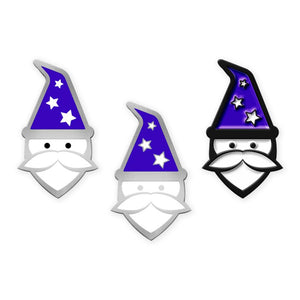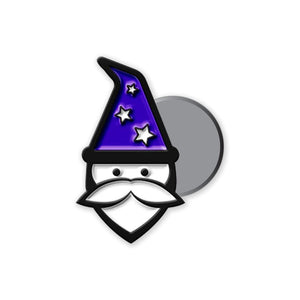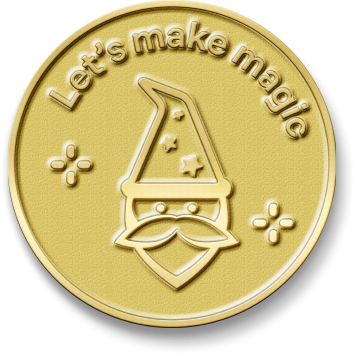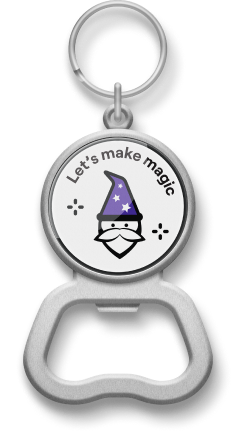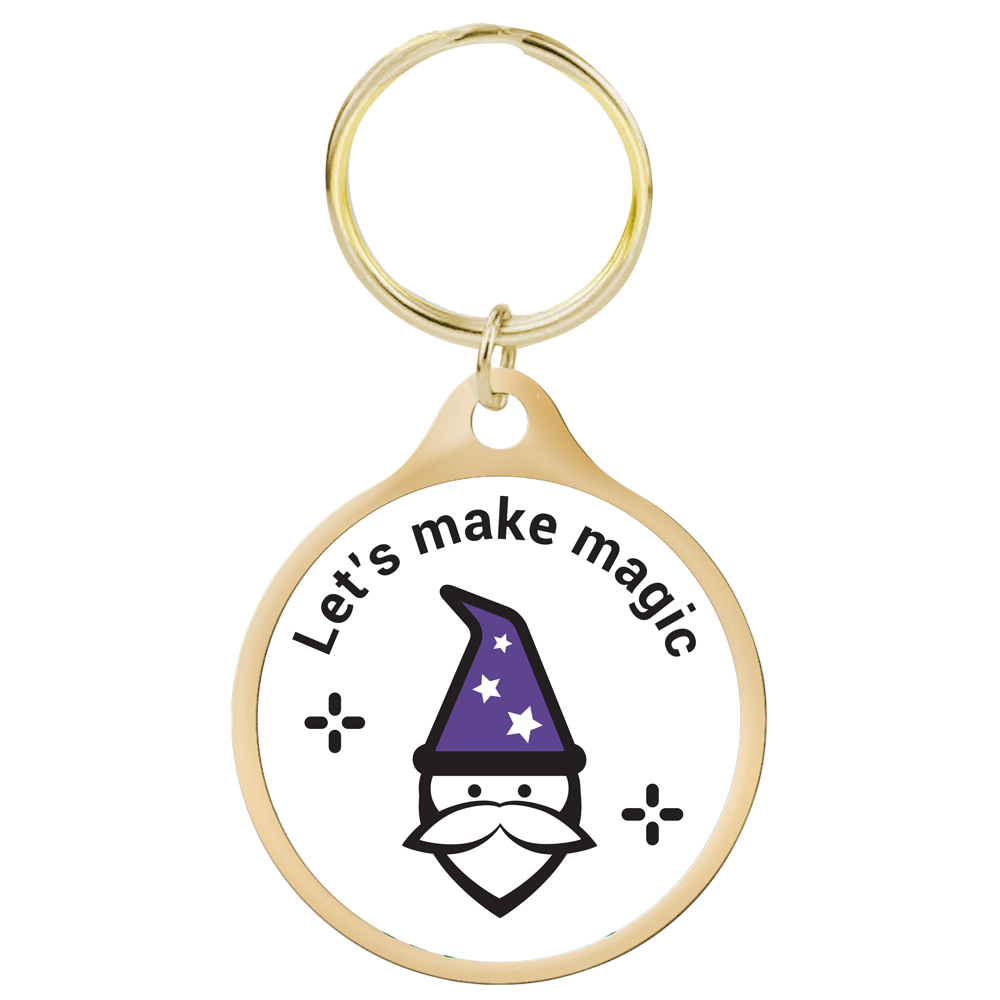Emojis? In the classroom? Yes! Part of engaging students in the English language is showing them how language changes over time. How people communicate through text and direct messaging apps has driven a lot of evolution in communication. Emojis have a special place in English as a Second Language (ESL) classrooms. At this point in time, emojis are almost like a separate language of their own. Almost all young people are native speakers of emojis, no matter what language their families speak at home. So kids who go home and speak Spanish, French, Vietnamese, Thai, Chinese, or English all have one language where they can communicate with peers. For example, almost everyone knows that an icon that's smiling with tears coming out of its eyes means laughing. Using this shared knowledge is a fantastic way to start expanding students' knowledge of language in other areas.
There are some best practices to be put in place when engaging students via emoji. One is to limit the number of emojis available to the students during any one specific lesson. The emojis chosen should fit the theme of the lesson. For example, emojis could be used to teach about adjectives. A child may understand more fully what embarrassed means if the teacher uses the emoji with red cheeks. One of the most difficult things to learn in a new language is idiomatic expressions because the definitions of each individual word don't match the meaning of the phrase. Using the emoji with tears and laughter helps a student understand the meaning of the phrase "laughing her head off." Emojis help keep students engage and help them learn concepts that can be very difficult without stress or misunderstandings!
Another way emojis can be used in the English or ESL classroom is by writing dialogue in emojis. Again, this is a great way to engage kids in an activity they will enjoy while also providing a challenge that will help them hone their language and critical thinking skills. The activity can be done on paper, with kids drawing emojis to represent what they want to say. Or, in a class equipped with computers or tablets, they could use actual emojis on a document. For ESL classes that are filled with kids who speak a variety of different languages, this also facilitates communication between kids who might otherwise struggle to talk to each other. Another option is to have kids translate emojis into English. It helps kids hone their translation skills, practice new vocabulary, and can be a great way to teach the present tense in writing.
Teachers are very busy. Often they want to incorporate new ideas into their curriculum but may not have time to work up completely new lesson plans or make the worksheets needed to go along with the lessons. Luckily, using emojis in the English or ELA classroom is very popular and has a lot of evidence to back up the idea that this is a great way for kids to learn. That means that many educators have made worksheets or crafted detailed lesson plans for their fellow teachers to use in their classrooms! Many of the worksheets are particularly helpful for classrooms that lack technology because they are designed to show the emojis that will be used in every lesson. Available lesson plans lead teachers through teaching their students how to write a story using emojis!
Why Use Emojis in the Classroom?
Focus on Emojis for Each Area of Language
Write an Emoji Conversation
-
I Bet You Won't Be Able To Figure Out The Common Saying That Matches These Emoji Sentences
-
Emoji Sentence Guessing Game (Video)
Write an Emoji Translation
-
Emojis for Dummies: The Essential 2021 Emoji Translation Guide
-
The Top 3 Emoji Translators: How to Translate Words to Emoji [Partition Magic]
Emoji Worksheets
-
Fun with Emojis (PDF)
Emoji Lesson Plans

















